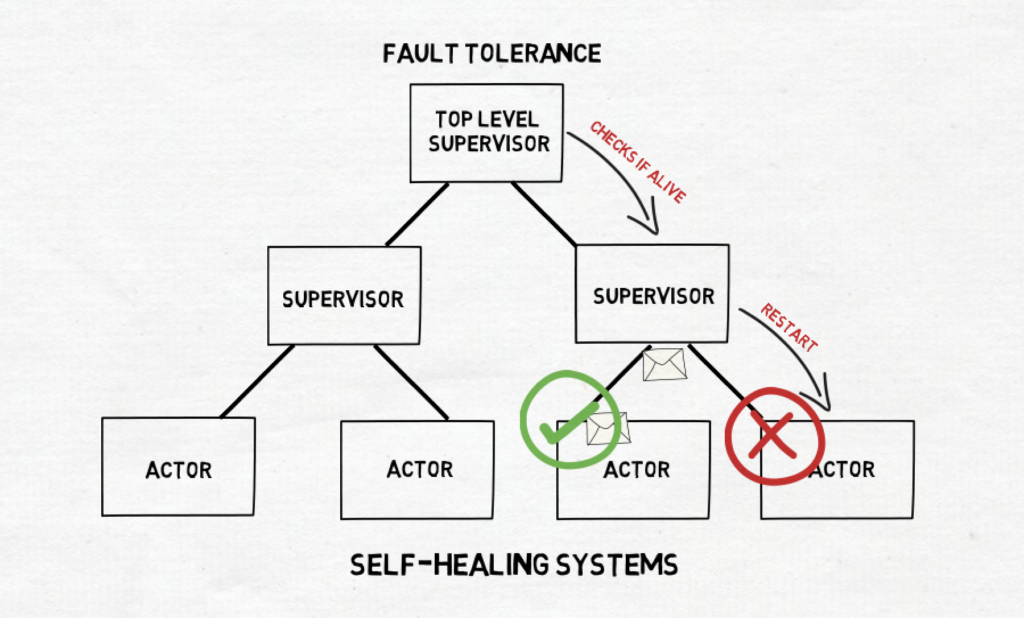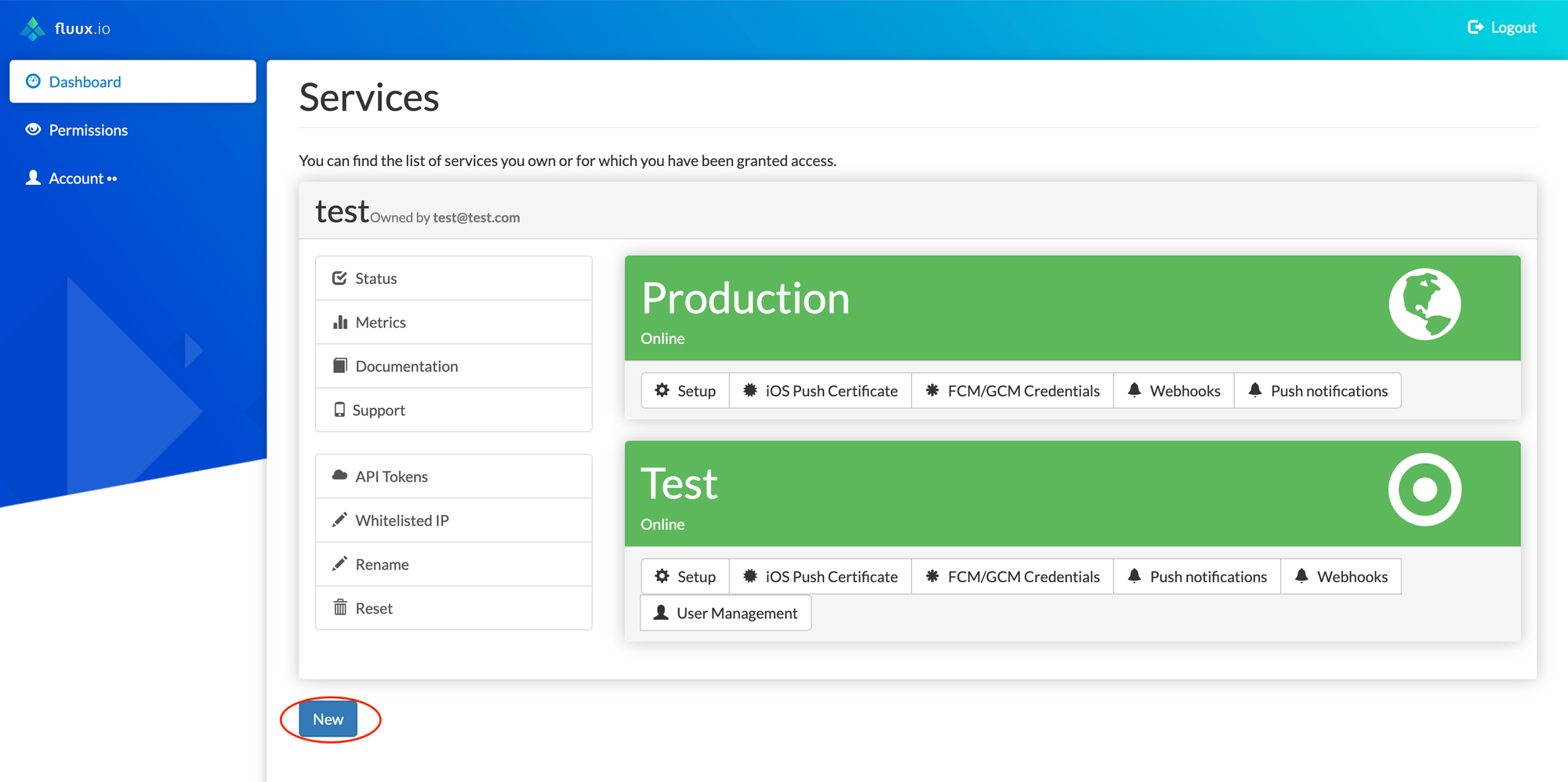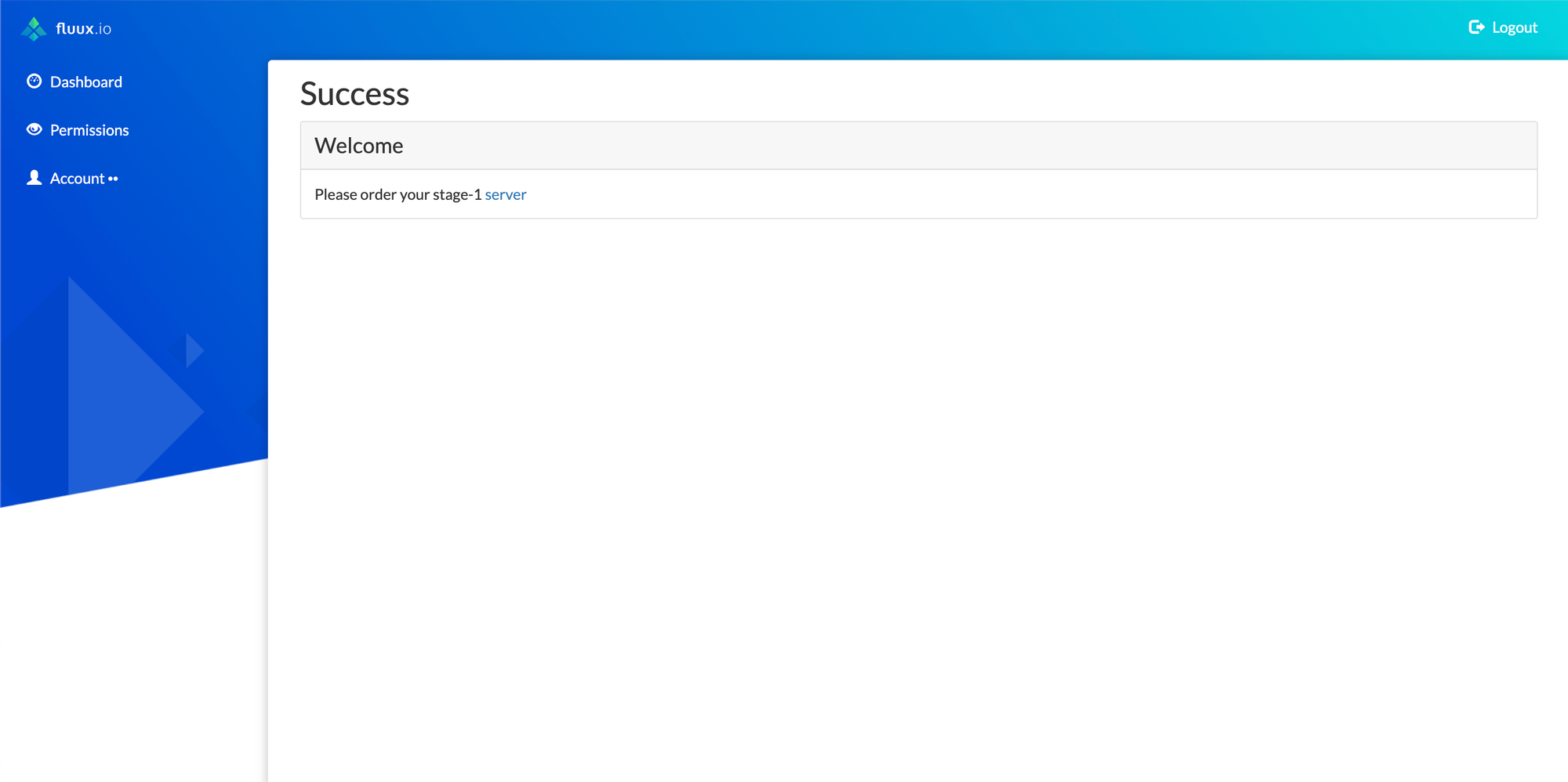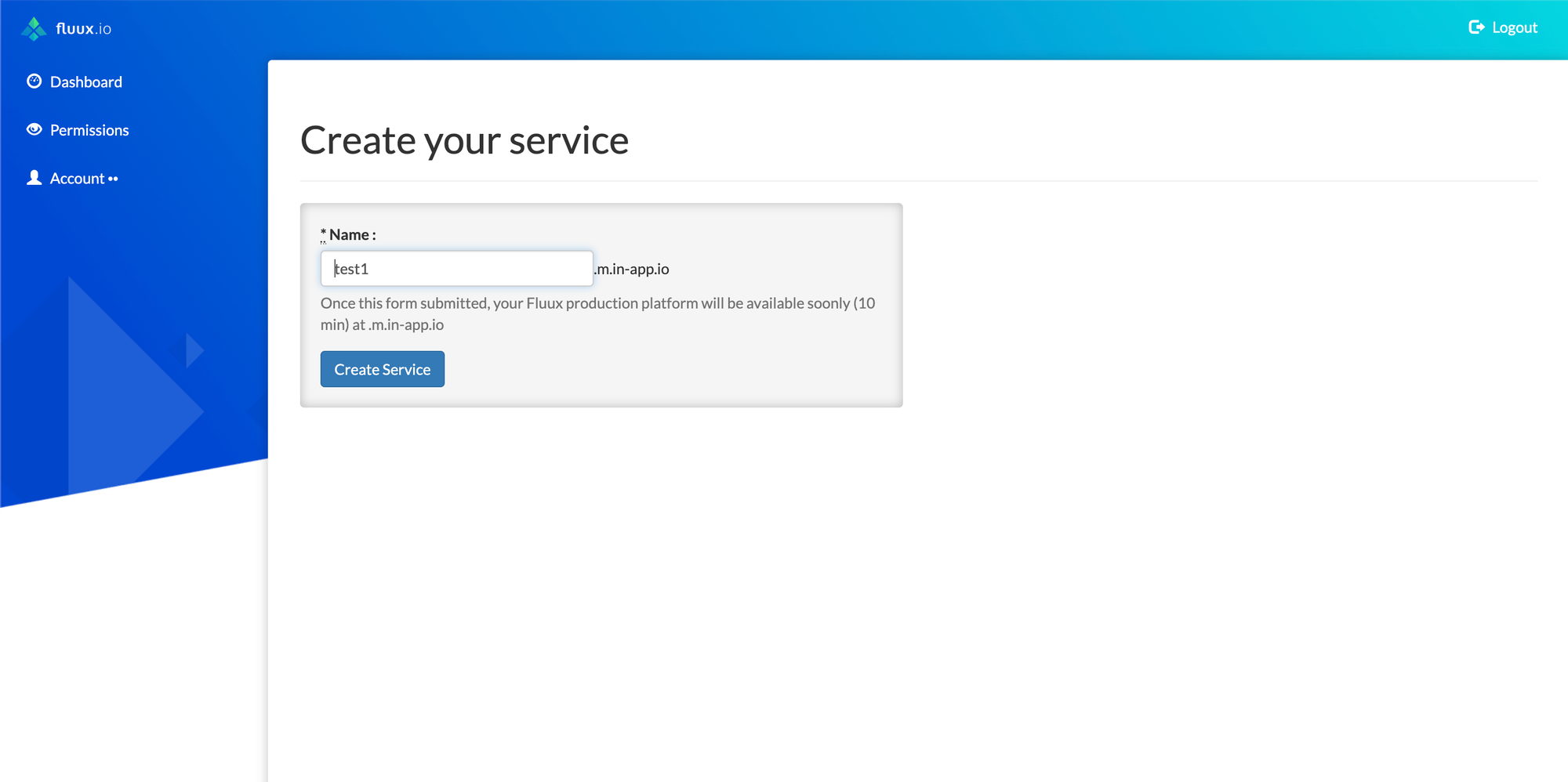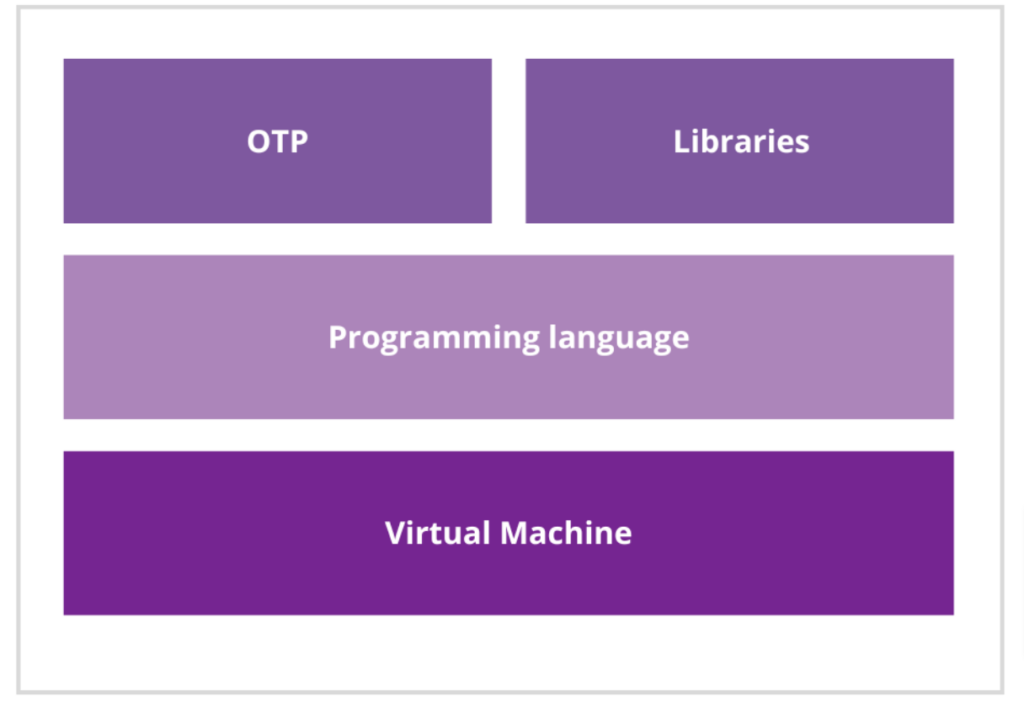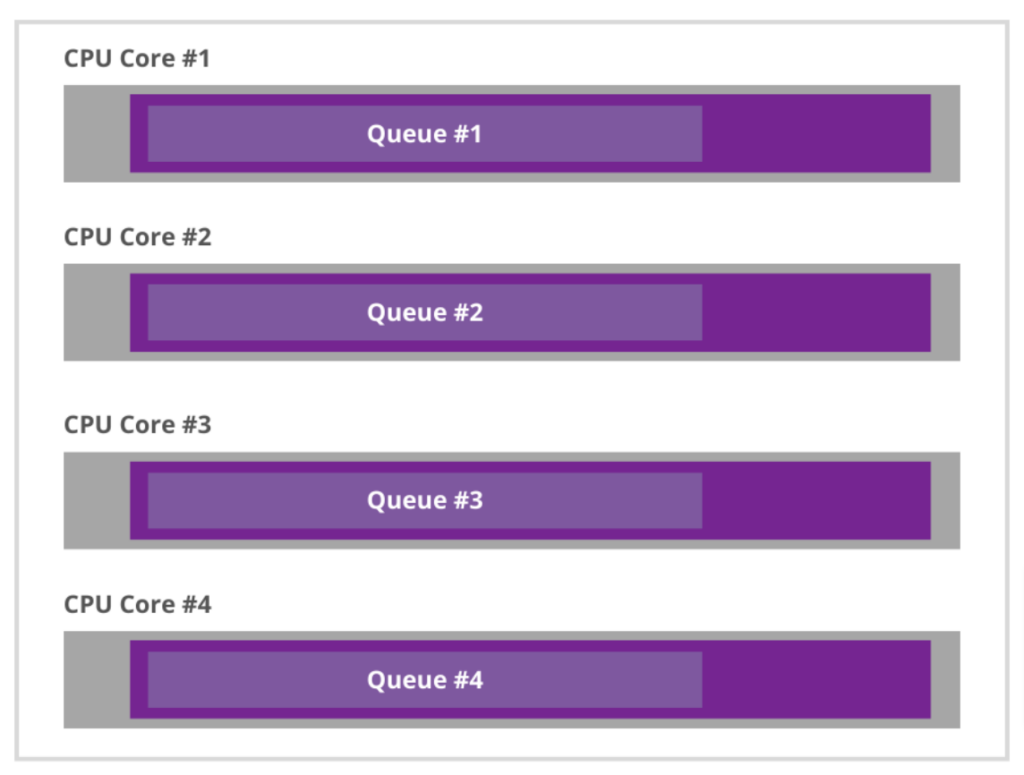
For many years, I have heard countless justifications for keeping messaging systems closed. Many of us have tried to rationalize walled gardens for various reasons:
-
Closed messaging systems supposedly enable faster progress, as there’s no need to collaborate on shared specifications or APIs. You can change course more easily.
-
Closed messaging systems are better for security, spam, or whatever other risks we imagine, because owners feel they have better control of what goes in and out.
-
Closed messaging systems are said to foster innovation by protecting the network owner’s investments.
But is any of this really true? Let’s take a step back and examine these claims.
A Brief History of Messaging Tools
Until the 1990s, messaging systems were primarily focused on building communities. The dominant protocol of the time was
IRC (Internet Relay Chat)
. While IRC allowed private messaging, its main purpose was to facilitate large chatrooms where people with shared interests could hang out and interact.
In the 1990s, messaging evolved into a true communication tool, offering an alternative to phone calls. It enabled users to stay in touch with friends and family while forging new connections online. With the limitations of the dial-up era, where users weren’t always connected,
asynchronous communication
became the norm. Features like
offline
messages and
presence
indicators emerged, allowing users to see at a glance who was online, available, or busy.
The revolution began with
ICQ
, quickly followed by competitors like
Yahoo! Messenger
and
MSN Messenger
. However, this proliferation of platforms created a frustrating experience: your contacts were spread across different networks, requiring multiple accounts and clients. Multiprotocol clients like Meebo and Pidgin emerged, offering a unified interface for these networks. Still, they often relied on unofficial protocol implementations, which were unreliable and lacked key features compared to native clients.
To address these issues, a group of innovators in 1999 set out to design a better solution—an
open instant messaging protocol
that revolved around two fundamental principles:
-
Federation
: A federated protocol would allow users on any server to communicate seamlessly with users on other servers. This design was essential for scalability, as supporting billions of users on a single platform was unimaginable at the time.
-
Gateway Support
: The protocol would include gateways to existing networks, enabling users to connect with contacts on other platforms transparently, without needing to juggle multiple applications. The gateways were implemented on the server-side, allowing fast iterations on gateway code.
This initiative, originally branded as
Jabber
, gave rise to
XMPP (Extensible Messaging and Presence Protocol)
, a protocol standardized by the IETF. XMPP gained traction, with support from several open-source servers and clients. Major players adopted the protocol—Google for
Google Talk
and Facebook for
Facebook Messenger
, enabling third-party XMPP clients to connect to their services. The future of open messaging looked promising.
Fast Forward 20 Years
Today, that optimism has faded. Few people know about XMPP or its newer counterpart, Matrix. Google’s messaging services have abandoned XMPP, Facebook has closed its XMPP gateways, and the landscape has returned to the fragmentation of the past.
Instead of Yahoo! Messenger and MSN, we now deal with
WhatsApp
,
Facebook Messenger
,
Telegram
,
Google Chat
,
Signal
, and even messaging features within social networks like Instagram and LinkedIn. Our contacts are scattered across these platforms, forcing us to switch between apps just as we did in the 1990s.
What Went Wrong?
Many of these platforms initially adopted XMPP, including Google, Facebook, and even WhatsApp. However, their focus on growth led them to abandon federation. Requiring users to create platform-specific accounts became a key strategy for locking in users and driving their friends to join the same network. Federation, while technically advantageous, was seen as a barrier to user acquisition and growth.
The Big Heist
The smartphone era marked a turning point in messaging, fueled by always-on connectivity and the rise of app stores. Previously, deploying an app at scale required agreements with mobile carriers to preload the app on the phones they sold. Carriers acted as gatekeepers, tightly controlling app distribution. However, the introduction of app stores and data plans changed everything. These innovations empowered developers to bypass carriers and build their own networks on top of carrier infrastructure—a phenomenon known as
over-the-top (OTT) applications
.
Among these new apps was
WhatsApp
, which revolutionized messaging in several ways. Initially, WhatsApp relied on Apple’s Push Notification Service to deliver messages in real time, bypassing the need for a complex infrastructure at launch. Its true breakthrough, however, was the decision to use
phone numbers as user identifiers
—a bold move that set a significant precedent. At the time, most messaging platforms avoided this approach because phone numbers were closely tied to SMS, and validating them via SMS codes came with significant costs.
WhatsApp cleverly leveraged this existing, international system of telecommunication identifiers to bootstrap its proprietary network. By using phone numbers, it eliminated the need for users to create, manage and share separate accounts, simplifying onboarding. WhatsApp also capitalized on the high cost of SMS at the time. Since short messages were often not unlimited, and international SMS was especially expensive, many users found it cheaper to rely on data plans or Wi-Fi to message friends and family—particularly across borders.
When we launched our own messaging app,
TextOne
(now discontinued), we considered using phone numbers as identifiers but ultimately decided against it. Forcing users to disclose such personal information felt intrusive and misaligned with privacy principles. By then, the phone had shifted from being a shared household device to a deeply personal one, making phone numbers uniquely tied to individual identities.
Later, Whatsapp launched its own infrastructure based on ejabberd, but they kept their service closed. At that time, we also considered using phone number when launching our own messaging app, the now discontinued TextOne, but refused to use that. It did not feel right, as you were forcing people to disclose an important private information. As the phone had become a personnal device, instead of a household device, the phone number played the role of unique identifier for a single individual.
Unfortunately, most major players seeking to scale their messaging platforms adopted the phone number as a universal identifier. WhatsApp’s early adoption of this strategy helped it rapidly amass a billion users, giving it a decisive first-mover advantage. However, it wasn’t the only player to recognize and exploit the power of phone numbers in building massive-scale networks. Today, the phone number is arguably the most accurate global identifier for individuals, serving as a cornerstone of the flourishing data economy.
What’s Wrong With Using Phone Numbers as IDs?
Phone numbers are a
common good
—a foundation of global communication. They rely on the principle of universal accessibility: you can reach anyone, anywhere in the world, regardless of their phone provider or location. This system was built on international cooperation, with a branch of the United Nations playing a key role in maintaining a provider-agnostic, interoperable platform. At its core is a globally unique phone numbering system, created through collaborative standards and protocols.
However,
over-the-top (OTT) companies
have exploited this infrastructure to build private networks on top of the public system. They’ve leveraged the universal identification scheme of phone numbers—and, by extension, the global interoperable network—to construct proprietary, closed ecosystems.
To me, this feels like a misuse of a common good. Phone numbers, produced through international cooperation, should not be appropriated freely by private corporations without accountability. While it may be too late to reverse this trend, we should consider a
contribution system
for companies that store and use phone numbers as identifiers.
For example, companies that maintain databases with millions of unique phone numbers could be required to pay an annual fee for each phone number they store. This fee could be distributed to the countries associated with those numbers. Such a system would achieve two things:
-
Encourage Accountability
: Companies would need to evaluate whether collecting and storing phone numbers is truly essential for their business. If the data isn’t valuable enough to justify the cost, they might choose not to collect it.
-
Promote Fairness
: For companies that rely heavily on phone numbers to track, match, and build private, non-interoperable services, this fee would act as a fair contribution, akin to taxes paid for using public road infrastructure.
It looks a lot to me that the phone number is a common good produced and use by international cooperation. It is too late to prevent it to be used by Big Tech companies. However, it may seem fair to imagine a contribution from company storing phone number. This is a data that is not their property and not theirs to use. Shouldn&apost we consider a tax on phone numbers storage and usage ? For example, if a company store a millions unique phone number in their database, why not require a yearly fee, to be paid to each country that any phone number is associated to, one yearly fee per phone number ?
Company would have to think twice about storing such personnal data. Is it valuable for your business ? If it is not valuable enough, fair enough, delete them and do not ask them, but if you need it to trakt and match user and build a private non interoperable service, then paying a fair contribution for their usage should be considered. It would be like the tax they pay to leverage road infrastructure in countries where they operate.
Beyond Taxes: The Push for Interoperability
Of course, a contribution system alone won’t solve the larger issue. We also need a significant push toward
interoperable and federated messaging
. While the
European Digital Markets Act (DMA)
includes an interoperability requirement, it doesn’t go far enough. Interoperability alone cannot address the challenges of closed ecosystems.
I’ll delve deeper into why interoperability must be paired with federation in a future article, as this is a critical piece of the puzzle.
Interoperability vs. Velocity
To conclude, I’d like to reference the introduction of the
IETF SPIN draft
, which perfectly encapsulates the trade-offs between interoperability and innovation:
Voice, video and messaging today is commonplace on the Internet, enabled by two distinct classes of software. The first are those provided by telecommunications carriers that make heavy use of standards, such as the Session Initiation Protocol (SIP) [RFC3261]. In this approach - which we call the telco model - there is interoperability between different telcos, but the set of features and functionality is limited by the rate of definition and adoption of standards, often measured in years or decades. The second model - the app model - allows a single entity to offer an application, delivering both the server side software and its corresponding client-side software. The client-side software is delivered either as a web application, or as a mobile application through a mobile operating system app store. The app model has proven incredibly successful by any measure.
It trades off interoperability for innovation and velocity.
The downside of the loss of interoperability is that entry into the market place by new providers is difficult. Applications like WhatsApp, Facebook Messenger, and Facetime, have user bases numbering in the hundreds of millions to billions of users. Any new application cannot connect with these user bases, requiring the vendor of the new app to bootstrap its own network effects.
This summary aligns closely with the ideas I’ve explored in this article.
I believe we’ve reached a point where we need
interoperability
far more than continued innovation in voice, video, and messaging. While innovation in these areas has been remarkable, we have perhaps been too eager—or too blind—to sacrifice interoperability in the name of progress.
Now, the pendulum is poised to swing back.
Centralization must give way to federation
if we are to maintain the universality that once defined global communication. Without federation, there can be no true global and universal service, and without universality, we risk regressing, fragmenting all our communication systems into isolated and proprietary silos.
It’s time to prioritize interoperability, to reclaim the vision of a truly connected world where communication is open, accessible, and universal.


